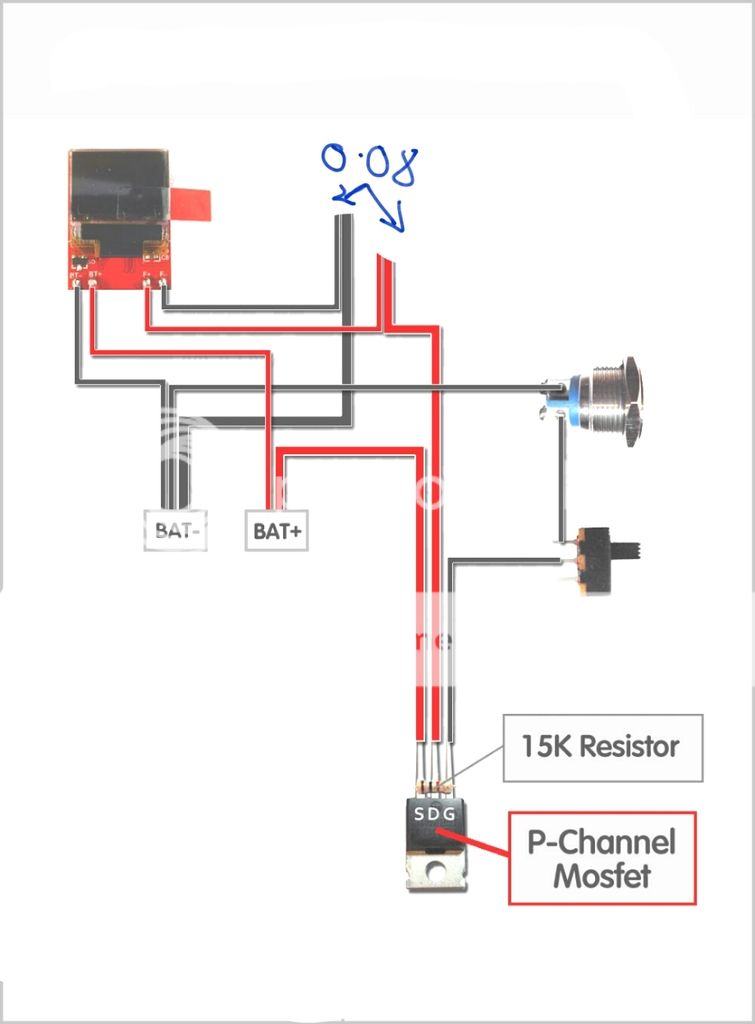gentlywiringit*
Member
Firstly, hi I'm mike. New to electronics but not electrics and looking for some assistance.
I'm mid way through a project and I've hit a snag.. I have a mosfet (P-Channel Mosfet 30V/80A IPP80P03P4L-04) but under advisement it may not be capable of sustaining the amps I intend.
I've no clue what to put in a Google search to even look for somthing suitable.
So.. would any of you kind folk know the highest sustainable amp output p channel mosfet that has similar characteristics to the one I have, and also where to get a few in the UK?
Any help would be much appreciated.
Cheers. Mike
I'm mid way through a project and I've hit a snag.. I have a mosfet (P-Channel Mosfet 30V/80A IPP80P03P4L-04) but under advisement it may not be capable of sustaining the amps I intend.
I've no clue what to put in a Google search to even look for somthing suitable.

So.. would any of you kind folk know the highest sustainable amp output p channel mosfet that has similar characteristics to the one I have, and also where to get a few in the UK?
Any help would be much appreciated.
Cheers. Mike



